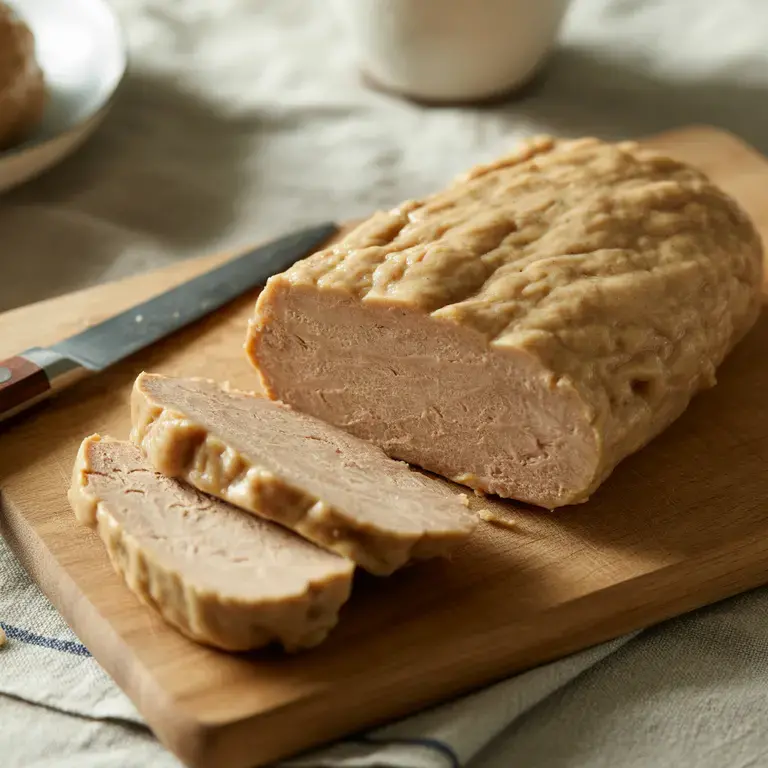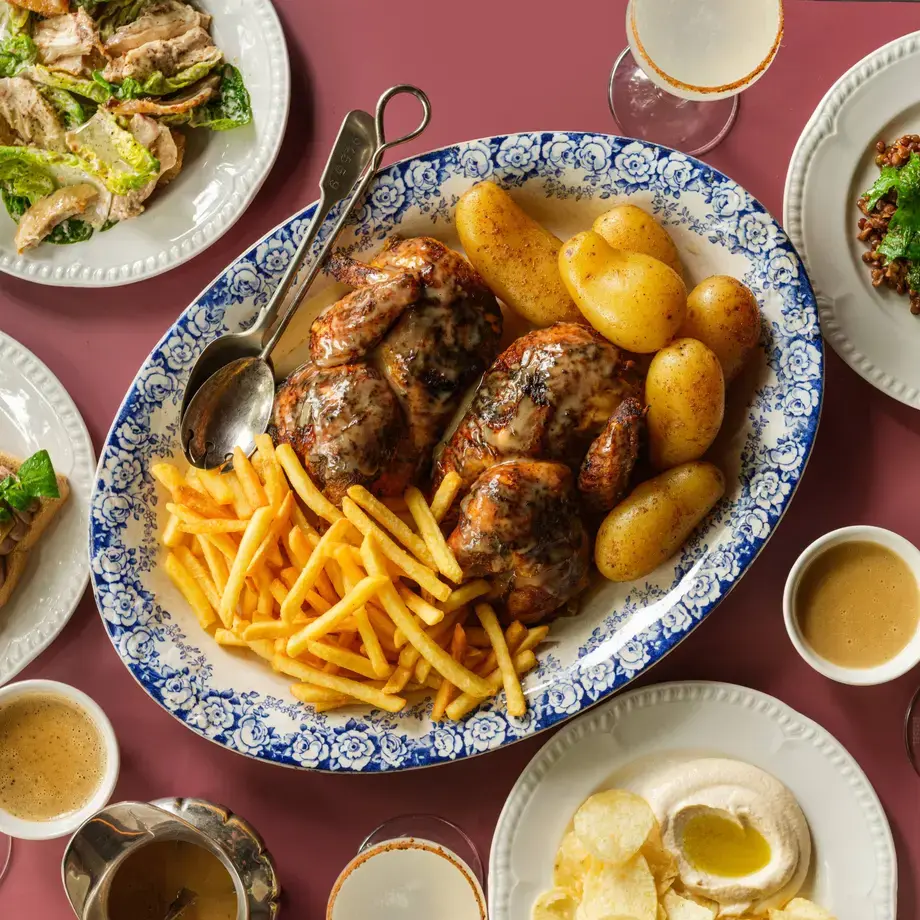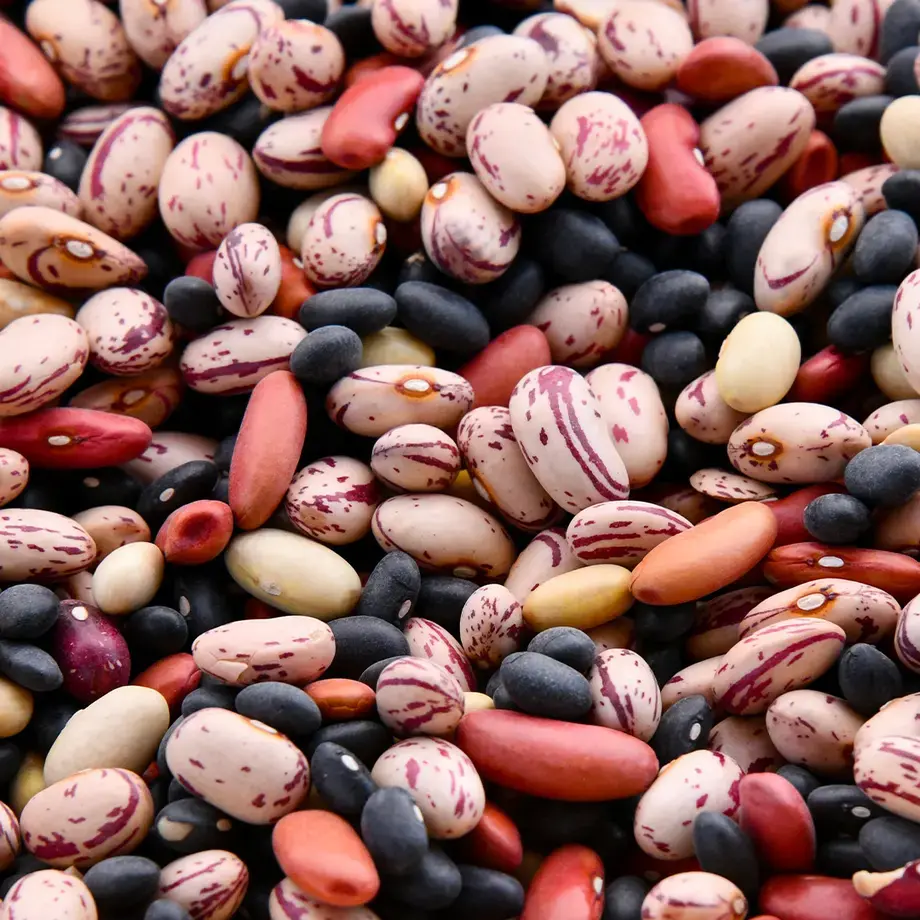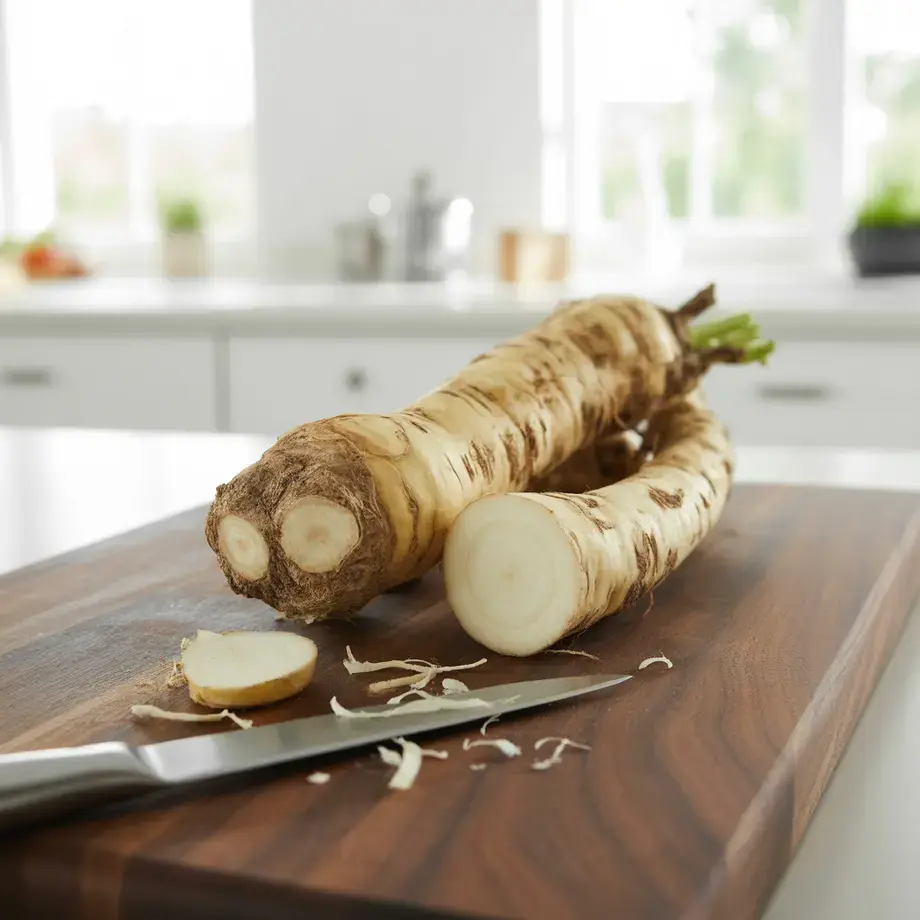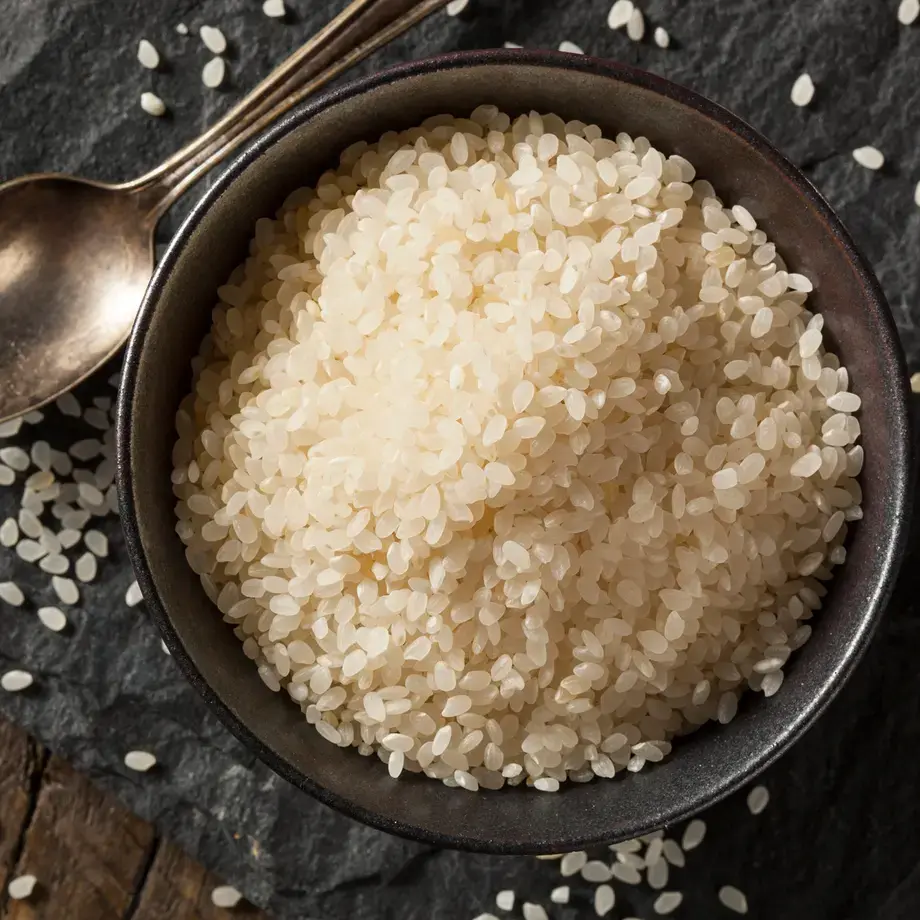Find out all about seitan, the plant-based protein hailing from Japan, in our go-to guide below, including a selection of seitan recipes and an introduction to how to cook seitan.
What is seitan and where does it come from?
If you’re wondering what seitan is, it’s a plant-based protein that was popularised in Japan. It’s made from a base of wheat gluten and is often compared to other vegan alternatives such as tofu. High in protein and low in fat, it’s a delicious vegan ingredient that can be used across a variety of your favourite plant-based dishes.
How is seitan made and prepared?
For those curious about what seitan is made of, it’s composed almost entirely of wheat gluten. In ancient times, seitan would be made using the traditional method of mixing wheat flour with water to form a dough. The dough was then kneaded and soaked in water repeatedly to wash away the starch. What’s left is the elastic wheat gluten as the starch runs off, which is then cooked to develop the seitan protein flavour and texture.
As this is a labour-intensive way to make seitan for commercial production, a modern method has emerged using vital wheat gluten flour, which is pure gluten protein. This is mixed with water or broth, and occasionally seasonings such as soy sauce or garlic. The dough is kneaded until it reaches a stretchy consistency and is shaped into loaves, cutlets or strips. It’s then either simmered in broth, steamed or baked depending on the desired texture.
The texture and flavour profile of seitan
The texture of seitan will vary depending on the method used to cook the dough. In general, it tends to be fairly chewy and meaty and feels close to the texture of chicken, beef, pork or tempeh. If it’s been simmered in broth, the seitan will be bouncier and more tender. When baked or steamed, it’ll become far denser, which can be useful for slicing the seitan, depending on the dish.
On its own, seitan is mild and slightly savoury. However, much like tofu, it absorbs flavours easily, which is why it’s such an attractive and versatile vegan ingredient. It’s a handy plant-based element to use with marinades to infuse a variety of flavours into a dish. Given its Japanese origin, as one might expect, it’s very umami-friendly and can often be found paired with soy sauce and miso in traditional East Asian recipes.
Pairings and sauces
As seitan is a vehicle for flavour, it can be used in a wide number of dishes across many different cuisines from around the world. Classic vegetable pairings include ingredients such as mushrooms, for an umami kick, and onions. It’s also perfect when sandwiched between traditional bao buns, or even mixed into appetising East Asian rice dishes. For herb and aromatic pairings, look to garlic, ginger or rosemary.
Seitan pairs well with many Asian sauces. A soy-ginger glaze with a touch of honey brings an umami sweetness to seitan and the recipe, and a spicy peanut sauce absorbs easily into seitan’s dense texture for another classic East Asian flavour.
If you’re looking to experiment with fusion cooking, a lemon and herb marinade with a tasty combination of olive oil, lemon juice, thyme and garlic brings a welcome balance to the seitan and combines Japanese and Mediterranean cooking. Or you could try mixing the seitan into a creamy mushroom sauce and pasta dish, to explore umami in Italian cuisine.
Seitan vs. other plant-based proteins
Seitan is most commonly compared to tofu and tempeh, among other plant-based proteins. Whilst there are similarities, and all of these ingredients can be cooked in similar ways, there are a few key differences to consider when deciding which one to use in your dish.
Firstly, seitan is chewy, dense and very meat-like. It’s often considered the king of texture when it comes to plant-based protein, with a very high protein content and neutral flavour that welcomes seasoning. Importantly, it’s not gluten-free, so it’s worth being aware of the varying dietary elements of the different plant-based protein options. Seitan is best in dishes like stir-fries, roasts, stews and kebabs due to its structure.
Next up is tofu, one of the most popular and widely known plant-based proteins globally. It’s softer than seitan, and can be a little spongy depending on the type of tofu you choose. Unlike seitan, it does have a mild flavour, but also absorbs sauces easily. Use tofu for a selection of classic Asian dishes, like pad Thai, or scramble for a vegan alternative to eggs.
Lastly, tempeh is a firm, nutty and crumbly plant-based protein alternative. It has the strongest flavour out of the three options, with earthy and tangy notes. This tanginess comes from its fermentation; you can find a selection of the top 10 fermented foods in our helpful guide, featuring tempeh. High in protein, tempeh is ideal for sandwiches or to use instead of bacon for a vegan alternative.
Tips for cooking and serving seitan at home
When cooking with seitan, it’s best to approach it like you would most meats. Try slicing it or shredding it to create more surface area for sauces, and sear it first in a hot pan with oil. As with many meat cuts, it’s preferable to marinate seitan before cooking. Think bold marinades with big flavours, and allow the seitan at least an hour or two to sit in the fridge and absorb the seasoning.
For stir-fries and curries, make sure you only quickly sear the seitan before adding it to the sauce to prevent it from becoming tough. Pair it with a selection of tender ingredients to balance out its chewy texture, such as roasted courgettes, tomatoes or fried mushrooms. Once you’ve mastered cooking with seitan, check out all the plant-based cooking inspiration you need to get started in our round-up of the top 10 vegan recipes.
